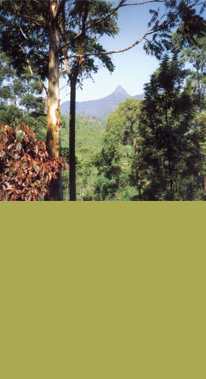 |
|
|
History Of TeaAccording to Chinese mythology, in 2737 BC the Chinese Emperor, Shen Nung, scholar and herbalist, was sitting beneath a tree while his servant boiled drinking water. A leaf from the tree dropped in to the water and Shen Nung decided to try the new brew. The tree was a wild tea tree. History Of Tea In Sri Lanka In 1824 a tea
plant (Camellia Sinesis) was brought from China by the British
and planted in the Royal Botanical Gardens, Peradeniya, Ceylon. “Unusual excitement prevailed on Tuesday in Mincing Lane (the London Tea Auction Houses were/are located there), on the offering by Messrs. Gow Wilson and Stanton, tea-brokers, in public auction, of a small lot of Ceylon tea from the Gartmore estate in Maskeliya (Mr. T.C. Anderson). This tea possesses extraordinary quality in liquor, and is composed almost entirely of small “golden tips,” which are the extreme ends of the small succulent shoots of the plant, and the preparation of such tea is, of course, most costly. Competition was of a very keen description. “The bidding, which was pretty general to start with, commenced with an offer of 1 pound, 1 shilling per pound of tea; as the price advanced to 8 pounds per pound of tea many buyers dropped out, and at this price about five wholesale dealers were willing to purchase. Offers where then made up to about 9 pounds, 9 shillings per pound of tea by three of the leading houses, the tea being ultimately knocked down to the “Mazawattee Ceylon Tea Company” at the most extraordinary and unprecedented price of 10 pounds 12 shillings 6 pence per pound of tea.” THIS WAS AN
EXTRAORDINARY PRICE IN 1891. It still fetches an extraordinary
price on the market and to the consumer BUT what a magnificent
tea it is indeed. |









